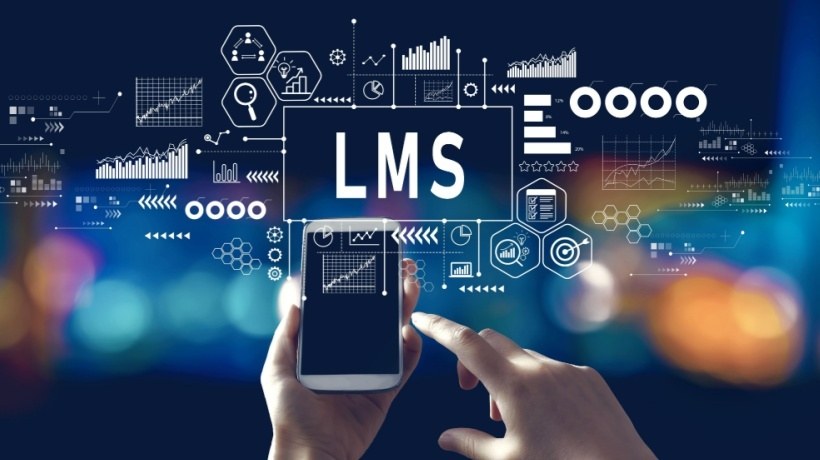Here Are The Must-Have LMS Features To Look For
The problematic part for anyone responsible for building their first online courses comes when it’s time to select the right online learning platform for their unique requirements.
While, in theory, it is possible to hack together a platform using wikis or other social tools, any company that is serious about employee or customer training is going to need a full-fledged Learning Management System (LMS). Numerous products populate the marketplace, so it’s natural for organizations building up their online training program to start by selecting what platform they’ll work on first.
Before You Select Your Online Learning Platform
Before tackling the LMS decision, you need to do your research and ask several questions:
1. What Do I Want To Accomplish?
Is the purpose to onboard your SaaS customers, employees, or empower your channel partners and value added resellers? Focus on the learner and the outcomes they must obtain from progressing through your courses.
2. What Features Are Required To Deliver The Instruction?
All Learning Management Systems contain an array of features, so it’s easy to be distracted by 'bells and whistles'. You may consider some features 'must haves', such as the analysis of learner outcomes, a chat space for learners, or the ability to carry multiple content formats from text to videos. Other features may be superfluous to your needs. Pinpoint those elements necessary to dispense the content seamlessly, and intuitively, to learners.
3. Who Are Your Learners?
In addition to understanding the technical skills of those who will be working on your training program, you need to know how and when they will access the system. Today, the digital instruction is mostly asynchronous, meaning it takes place on-demand rather than during scheduled class times.
Therefore, make sure the LMS you choose has a mobile capability, so learners have a productive experience whether on a desktop, tablet, or smartphone.
Picking The Right LMS
Your organization will likely explore many LMS products at the outset. Here are some points to ponder:
1. Do I Want A Proprietary LMS Or An Open Source LMS?
A vendor-supported, or proprietary, LMS sells via a subscription and comes ready to use “off-the-shelf.” The LMS provider handles any technical problems and maintenance, and they often offer white label customization.
If you want to customize the LMS for your unique requirements, and if you have software developers in-house who can handle it, an open source LMS may be a better solution. An open source LMS is sold with partial coding that the purchaser must complete before use.
The sophistication of the learning platform you envision, the price, and your in-house programming resources all factor into the decision on whether to go with a vendor-supported/proprietary LMS or an open source LMS.
2. Do I Want A Cloud-Based Or Installed LMS?
With a SaaS or cloud LMS, the software resides on a remote server maintained by the vendor. This type of LMS deploys quickly via a browser, and customers are charged a subscription fee.
An on-premises LMS is installed on the purchasing company’s server. Buyers typically pay an annual license fee and are charged for other installation and support services if required.
Both options have advantages and disadvantages. Factors to consider include the size of your organization, the cost, how customized the learning environment must be, and the data security.
3. Can The LMS Be Scaled?
If you decide to expand your eLearning program with more courses of different types, with different kinds of learning assets, and with varying cases of use, make sure the LMS can grow with it.
Online learning is growing fast and becoming not only more accepted but more expected, so the Learning Management System you work with must be flexible enough to quickly develop and adapt with the opportunities learning is going to create in the future.
4. What Support Services Does The LMS Provider Offer?
Technical glitches inevitably occur with any software system. Consequently, the provider must provide immediate service and support when those problems arise.
5. Is The LMS SCORM Compliant?
SCORM refers to the standard set of coding that enables LMS and course creation tools to integrate seamlessly. Although SCORM compliance may not be necessary, most experts agree it’s better to be SCORM compliant than not.
6. Can I Switch Providers?
No one wants to go into a business relationship thinking it will end, but sometimes partnerships dissolve. If that happens, make sure all your course assets can be transferred to a new LMS provider. The most significant challenge to that is usually technical, and that’s where SCORM comes in.
After You Have The LMS
Remember, the LMS is a critical part of how your training content is going to be delivered, and how you will assess learners and evaluate the success of your program.
In the meantime, take a look at The Complete LMS Buying Guide For SMBs to help you choose the perfect LMS.










